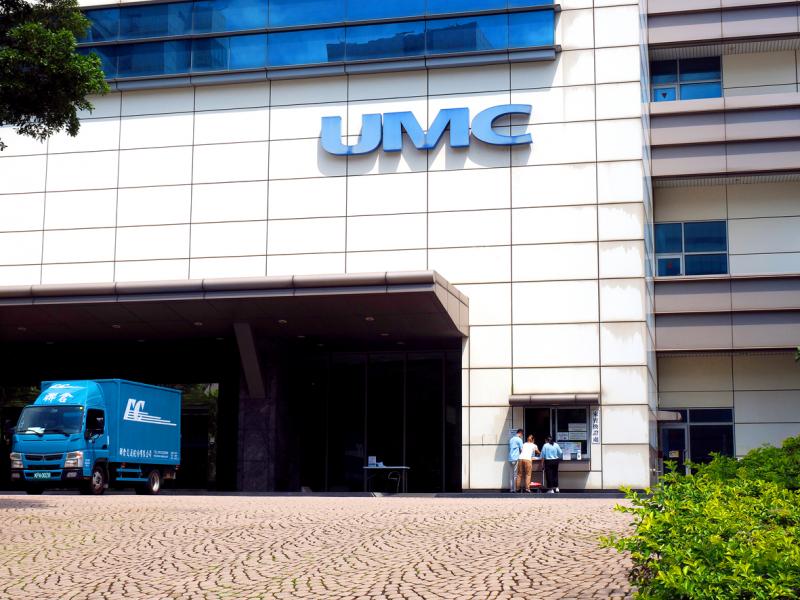Fisker Inc. – Develops And Sells Electrification Technology.
Fisker Inc. is a company that produces automobiles. The business develops and sells electrification technology, zero-emission automobiles, and electric vehicles. This automaker was founded in 2016 and is headquartered in California, USA.
About The Company
Fisker Inc is an American company that manufactures electric vehicles (EV). The Fisker Karma was manufactured by Fisker Automotive, which was replaced by Fisker Inc. The Fisker Ocean, an electrical sport utility vehicle (SUV) being developed by Fisker Inc., is anticipated to go into production in late 2022. It has an estimated range of 300-350 miles (480-560 km). Fisker was also developing solid-state battery technology that could provide up to 500 miles of range with a one-minute charge until 2021. In July 2020, Fisker Inc. announced a merger with Spartan Energy Acquisition, a SPAC supported by private equity company Apollo Global Management, and an IPO on the NY Stock Exchange. The company concluded the reversed merger on October 30, 2020.
History
Henrik Fisker and Bernhard in 2007 established Fisker Automotive. One of the first premium plug-in EVs in production, the Fisker Karma, was created by the business and debuted in 2008 before the first deliveries were made in 2011. After about 2,000 of the cars had been sold globally, production was halted in 2012 as a result of the insolvency of its battery provider, A123 Systems. Wanxiang Group acquired the assets of Fisker Automotive in 2014, and the new business was given the name Karma Automotive. The Fisker brand and trademarks were kept by Henrik Fisker.

The creation of Fisker Inc., an American manufacturer designing and manufacturing cutting-edge electric vehicles with a more extended range, autonomous driving capability, and superior battery tech, with Geeta Fisker as president and CFO, was announced by chairman and CEO Henrik Fisker on October 3, 2016. Fisker first announced in July 2016 that he intended to create an entirely connected electric vehicle with autonomous driving capabilities and a beautiful exterior. Fisker Inc. unveiled the design and technical details of the upcoming electric car, the Fisker EMotion, on October 31, 2016. The Orbit, a truly automated, connected, electric shuttle destined for smart cities, public airports, and campuses, was introduced by the corporation in November 2017. In that same month, Fisker Inc. declared that it had submitted patent applications for designs of flexible solid-state batteries, with mass production of the batteries beginning in 2020. The business revealed its plans to create a bulk market for all-electric luxury SUVs in September 2018.
In 2019, the company released the official Fisker Flexee mobile application for iOS and Android. Customers can plan test drives for the Fisker Ocean e-SUV and make reservations through the application.
Vehicles
Fisker Inc has launched various electronic vehicles in the automotive industry. The Fisker Orbit, an autonomous electric shuttle connected, and intended for smart cities, was unveiled in 2017. For this product, Fisker Inc. collaborated with Protean Electric, a manufacturer of motor technology, as well as Jack Wong of the Chinese business Hakim Unique Group. A few of its popular products include Fisker Alaska, Fisker EMotion, Fisker PEAR, and Fisker Ocean.
Founder – Henrik Fisker
Henrik Fisker founded Fisker Inc in 2007. Henrik Fisker is a renowned designer and entrepreneur. Henrik is known for taking risks, embracing innovation, and defying conventional wisdom. He is a top automobile designer, entrepreneur, inventor, innovator, mentor, and brand ambassador. The BMW Z8, Rocket, Destino V8, and Force 1 are among his most famous works. He has previously served on the boards of Aston Martin, BMW Designworks USA, Fisker Automotive, and Fisker Coachbuild. He has served in a number of honorary capacities, including as a judge at the 2012 Pebble Beach Concours d’Elegance and as an advisor and judges for automotive design at the Royal College of Art, UK, in 2010.

I am a law graduate from NLU Lucknow. I have a flair for creative writing and hence in my free time work as a freelance content writer.



